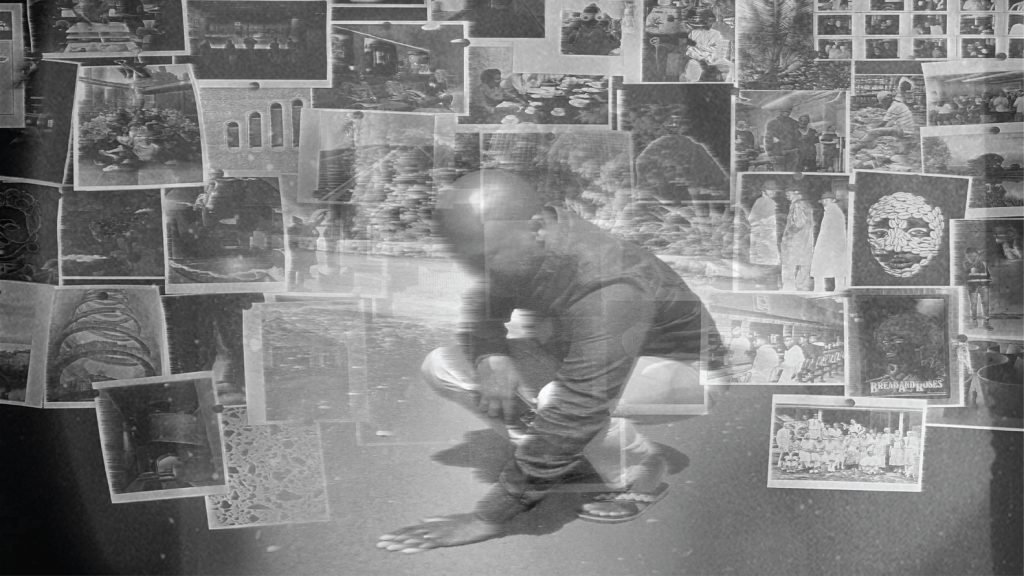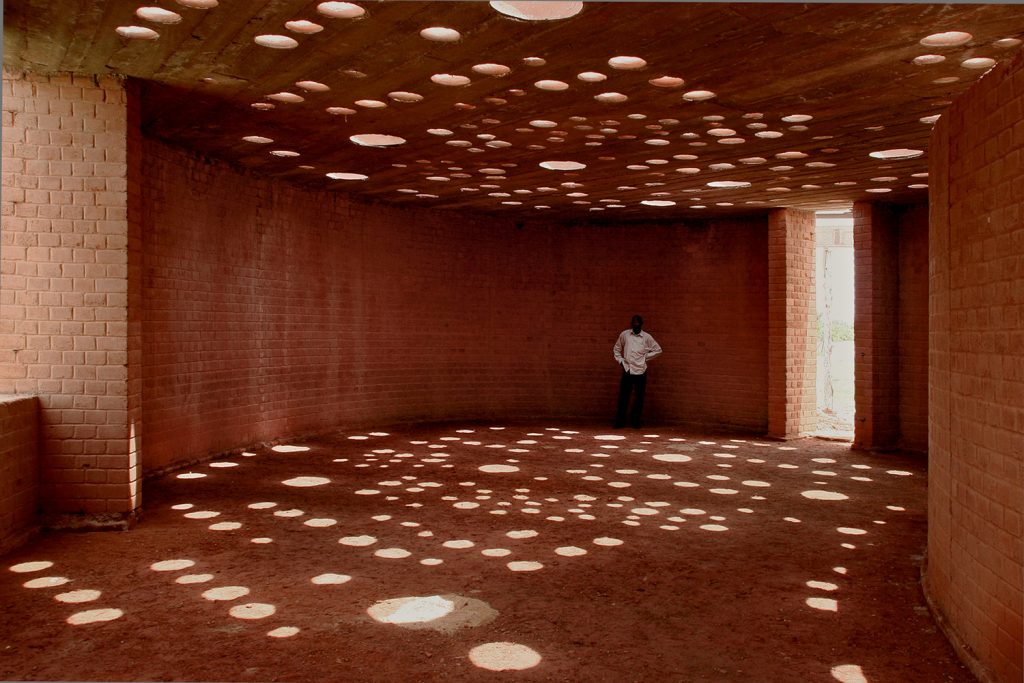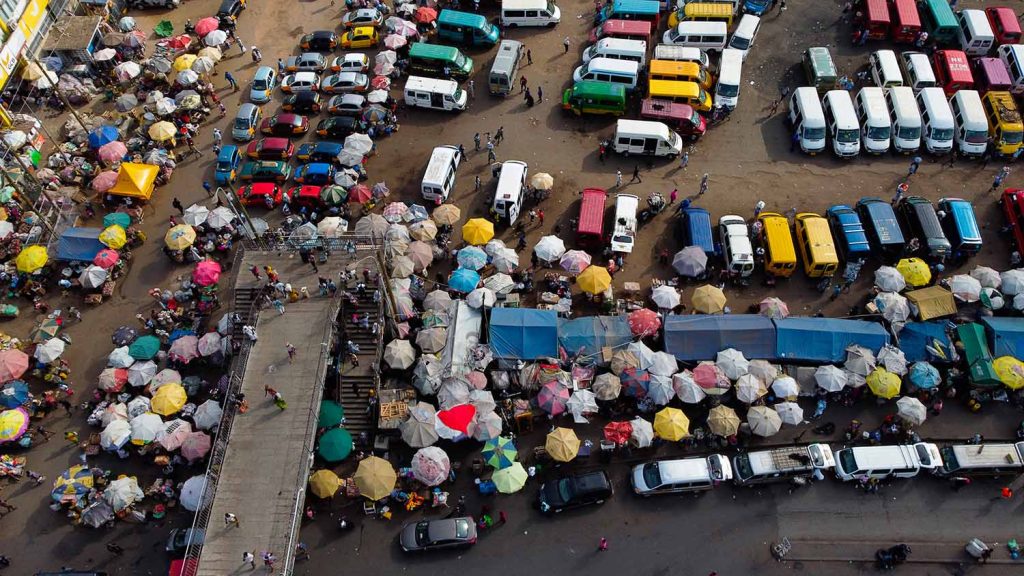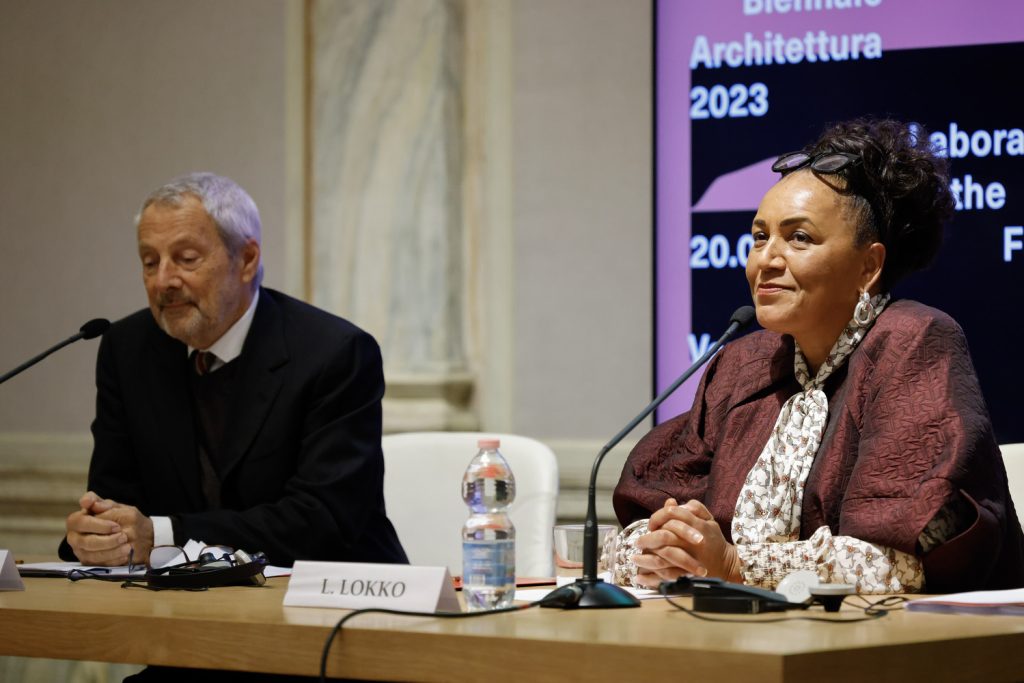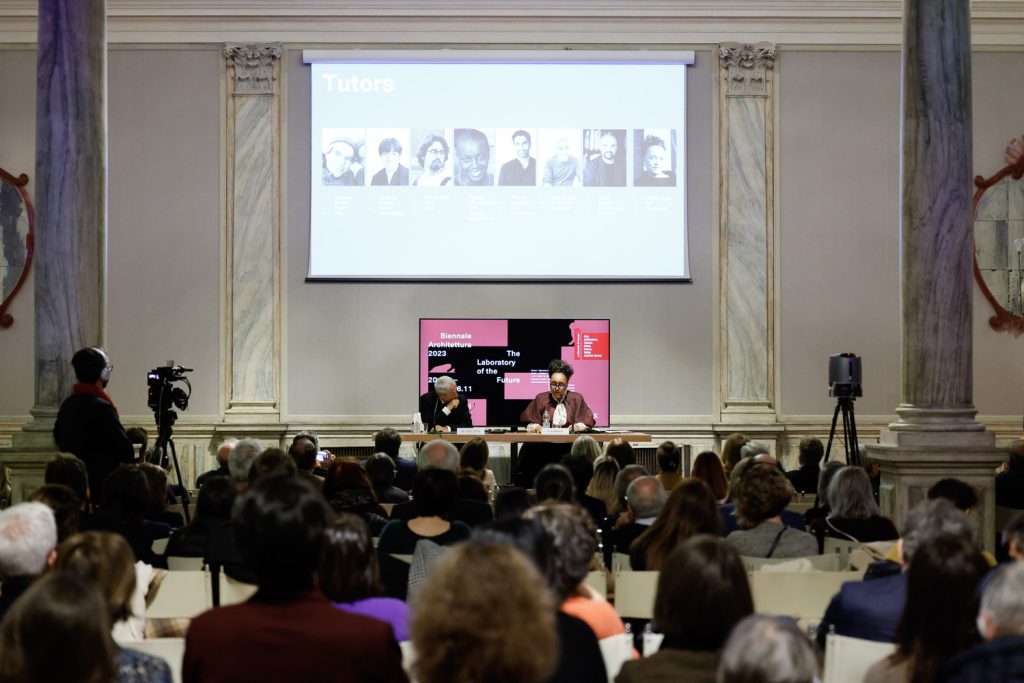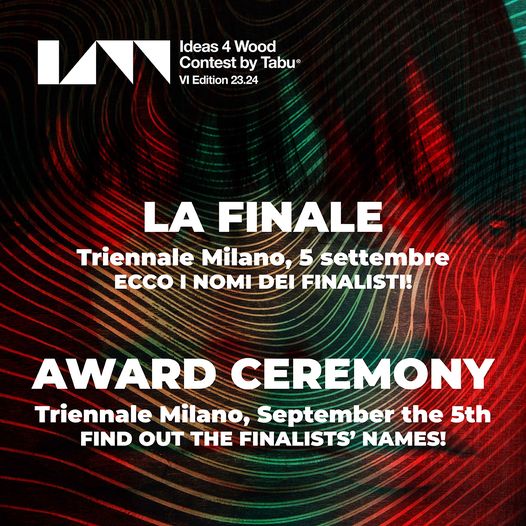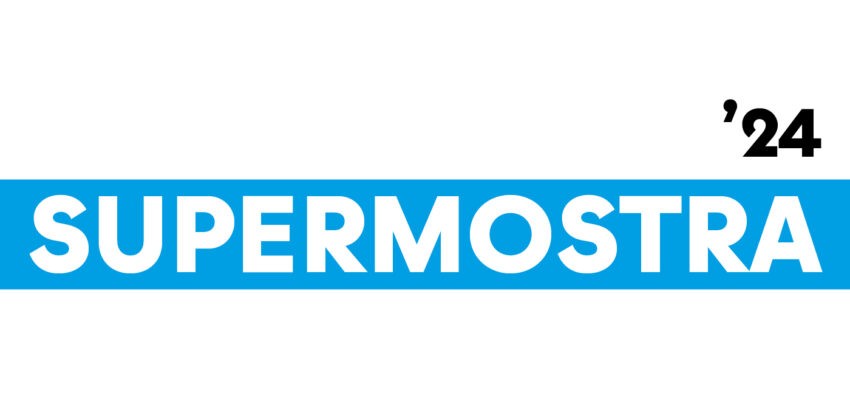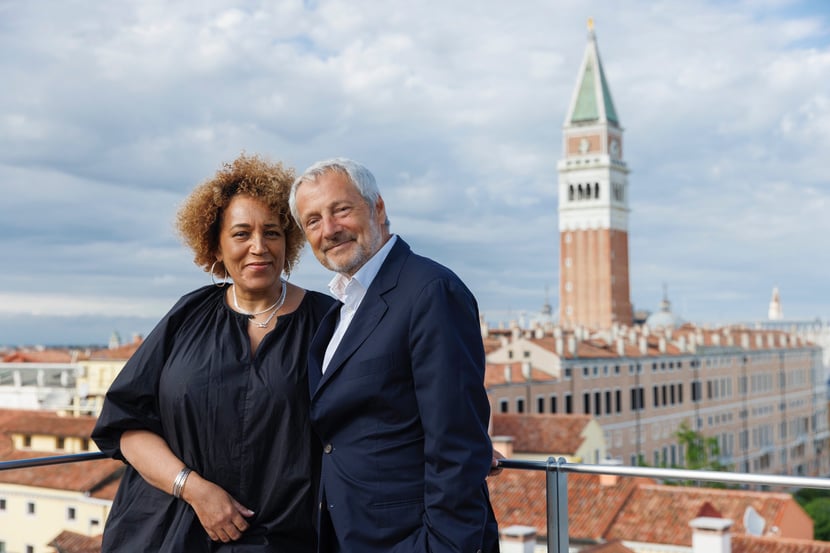
Biennale di Architettura di Venezia 2023: The Laboratory of the Future
The 18th International Architecture Exhibition, titled The Laboratory of the Future, will be open to the public from Saturday May 20 to Sunday November 26, 2023 at the Giardini and the Arsenale, and at Forte Marghera; it will be curated by Lesley Lokko and organised by La Biennale di Venezia. The pre-opening will take place on May 18 and 19, the awards ceremony and inauguration will be held on Saturday 20 May 2023
La Biennale di Venezia is working concretely towards the crucial goal of fighting climate change, by promoting a more sustainable model for the design, installation and operation of all its events. In 2022 La Biennale obtained this certification for all the events it held that year. This was made possible by carefully collecting the data on the causes of CO2 emissions generated by the events themselves, and on the adoption of consequent measures. The entire process for achieving carbon neutrality, conducted in compliance with the international standard PAS2060, was certified by RINA. For all the events, the most important component of the overall carbon footprint involves the mobility of the visitors. In this sense, La Biennale will engage again in 2023 in a communication campaign to raise the awareness of the participating public, starting with the 18th International Architecture Exhibition, which will be the first major exhibition in this discipline to test in the field the process to achieve carbon neutrality, while furthermore reflecting upon the themes of decolonisation and decarbonisation.
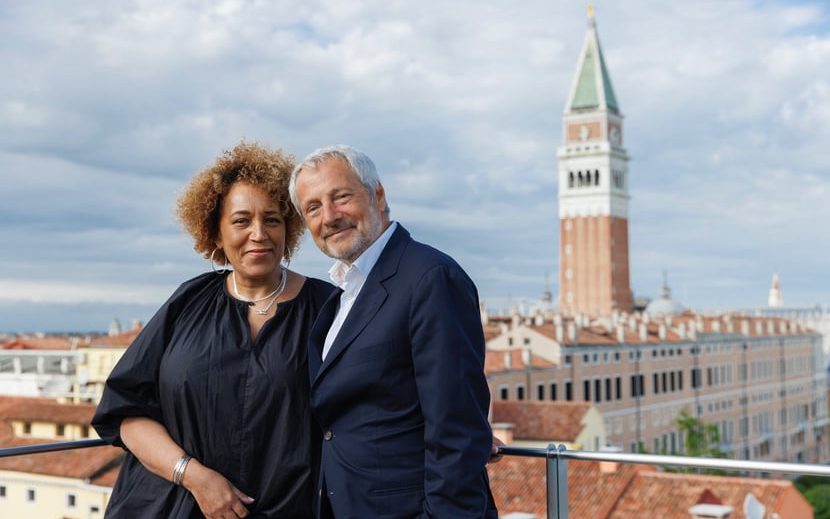
THE INTERNATIONAL EXHIBITION AS AGENT OF CHANGE
“What does it mean to be ‘an agent of change’? (…) Over the past nine months, in hundreds of conversations, text messages, Zoom calls and meetings – stated Lesley Lokko – the question of whether exhibitions of this scale — both in terms of carbon and cost — are justified, has surfaced time and again. In May last year, I referred to the exhibition several times as ‘a story’, a narrative unfolding in space. Today, my understanding has changed. An architecture exhibition is both a moment and a process. It borrows its structure and format from art exhibitions, but it differs from art in critical ways which often go unnoticed. Aside from the desire to tell a story, questions of production, resources and representation are central to the way an architecture exhibition comes into the world, yet are rarely acknowledged or discussed. From the outset, it was clear that the essential gesture of The Laboratory of the Future would be ‘change’.”
“(…) For the first time ever, the spotlight has fallen on Africa and the African Diaspora, that fluid and enmeshed culture of people of African descent that now straddles the globe. What do we wish to say? How will what we say change anything? And, perhaps most importantly of all, how will what we say interact with and infuse what ‘others’ say, so that the exhibition is not a single story, but multiple stories that reflect the vexing, gorgeous kaleidoscope of ideas, contexts, aspirations, and meanings that is every voice responding to the issues of its time? It is often said that culture is the sum total of the stories we tell ourselves, about ourselves. Whilst it is true, what is missing in the statement is any acknowledgement of who the ‘we’ in question is. In architecture particularly, the dominant voice has historically been a singular, exclusive voice, whose reach and power ignores huge swathes of humanity — financially, creatively, conceptually — as though we have been listening and speaking in one tongue only. The ‘story’ of architecture is therefore incomplete. Not wrong, but incomplete. It is in this context particularly that exhibitions matter.”
EXHIBITION STRUCTURE
“The Laboratory of the Future is an exhibition in six parts. It includes 89 Participants, over half of whom are from Africa or the African Diaspora. The gender balance is 50/50, and the average age of all Participants is 43, dropping to 37 in the Curator’s Special Projects, where the youngest is 24. 46% of participants count education as a form of practice, and, for the first time ever, nearly half of Participants are from sole or individual practices of five people or less. Across all the parts of The Laboratory of the Future, over 70% of exhibits are by practices run by an individual or a very small team. (…)”
“Central to all the projects is the primacy and potency of one tool: the imagination – Lokko said. It is impossible to build a better world if one cannot first imagine it. The Laboratory of the Future begins in the Central Pavilion in the Giardini, where 16 practices who represent a distilled force majeure of African and Diasporic architectural production have been gathered. It moves to the Arsenale complex, where participants in the Dangerous Liaisons section – also represented in Forte Marghera in Mestre – rub shoulders with the Curator’s Special Projects, for the first time a category that is as large as the others. Threaded through and amongst the works in both venues are young African and Diasporan practitioners, our Guests from the Future, whose work engages directly with the twin themes of this exhibition, decolonisation and decarbonisation, providing a snapshot, a glimpse of future practices and ways of seeing and being in the world. (…) We have deliberately chosen to frame participants as ‘practitioners’ – the Curator stated – and not ‘architects’ and/or ‘urbanists’, ‘designers’, ‘landscape architects’, ‘engineers’ or ‘academics’ because it is our contention that the rich, complex conditions of both Africa and a rapidly hybridising world call for a different and broader understanding of the term ‘architect’.
NATIONAL PARTICIPATIONS
63 National Participations will organize their exhibitions in the historic Pavilions at the Giardini (27), at the Arsenale (22) and in the city centre of Venice (14). Niger participates for the first time at the Biennale Architettura; Panama participates for the first time with its own pavilion and has already participated in previous editions as part of the I.I.L.A. (Italo-Latin American International Organization). The Holy See returns to the Biennale Architettura, participating with its own Pavilion on the Island of San Giorgio Maggiore (it participated in the Biennale Architettura for the first time in 2018).
The Italian Pavilion at the Tese delle Vergini in the Arsenale, sponsored and promoted by the Directorate-General for Contemporary Creativity of the Ministry of Culture, is curated by the Fosbury Architecture collective, consisting of Giacomo Ardesio, Alessandro Bonizzoni, Nicola Campri, Veronica Caprino, Claudia Mainardi. The title of the exhibition is SPAZIALE: Everyone Belongs to Everyone Else.
CARNIVAL
The Laboratory of the Future programme is enriched by Carnival, a six-month-long cycle of events, lectures, panel discussions, films, and performances, that explore the themes of the Biennale Architettura 2023. “Conceived as a space of liberation rather than a spectacle or entertainment, Carnival offers a space for communication in which words, views, perspectives, and opinions are traded, heard, analysed, and remembered – Lokko said. Politicians, policymakers, poets, filmmakers, documentary makers, writers, activists, community organisers and public intellectuals will share the stage with architects, academics, and students. This public event programme is increasingly a form of architectural practice that attempts to bridge the gulf between architects and the public.”
